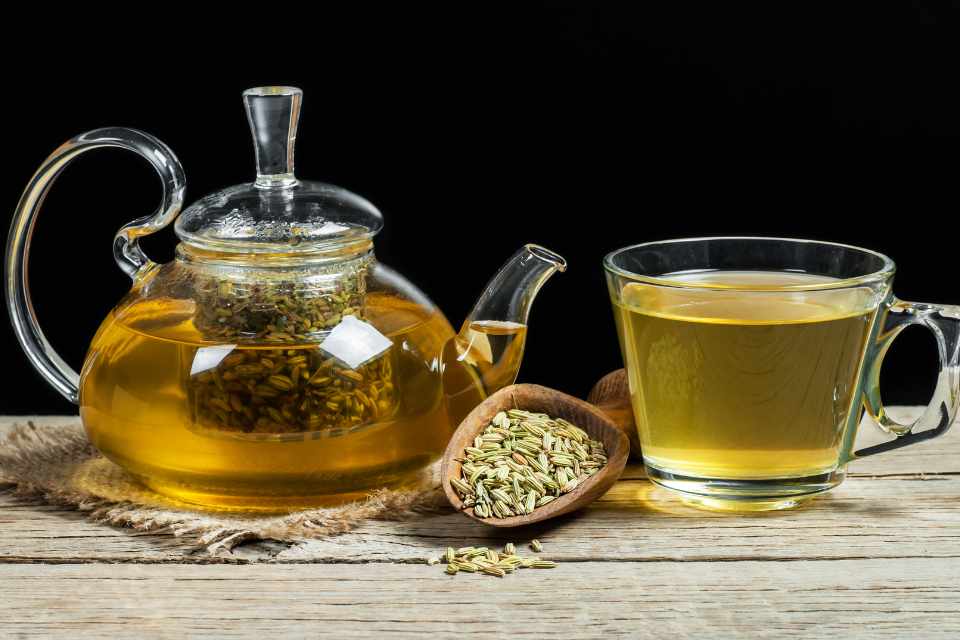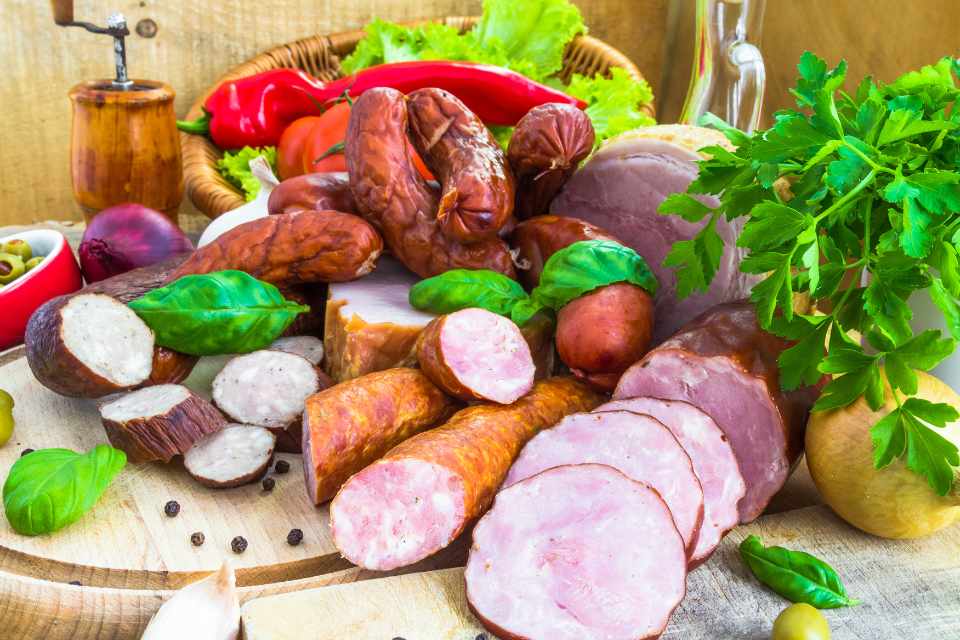If you struggle every month with menstrual pain and want to find natural period pain remedies that actually work, then this article is for you.
Period pain or dysmenorrhoea* is the pain that some women have with menstruation. The pain can vary in intensity from mild discomfort to constant, painful cramping. Though centred in the lower abdomen, the pain may also radiate to the lower back or upper thighs.
At the same time as the period pain and associated with it, women can also have the following symptoms:
- headache
- dizziness
- nausea or vomiting
- diarrhoea
Pain can start a few hours before the bleeding and continue for the first few days of menstruation. Painful menstrual cramping is the cause of many lost days from school or work. It limits activities and disrupts daily life. It is also the reason why many women might take analgesic pain relief such as NSAIDs. Though these may help to relieve the pain they don’t solve the underlying problem. See my post on natural alternative to NSAIDs to see why its best to avoid these medications if possible.
Types of period pain
There are two main types of period pain. They are primary and secondary dysmenorrhoea.
Primary dysmenorrhea
This type of period pain tends to affect young women and is the subject of this article. There is no underlying disease causing this type of pain. Yet, women who suffer from primary dysmenorrhoea have high levels of prostaglandins. These are hormone-like chemicals that occur naturally in the body. What’s more many people believe the high levels of these chemicals are the cause of menstrual cramps.
Secondary dysmenorrhea
There are other causes of period pain. One of which is secondary dysmenorrhoea. This type of period pain tends to affect older women. Some women find their periods have become more painful over time. This period pain is due to an underlying disease, such as endometriosis, fibroids or PCOS. To resolve this type of pain the underlying issue must be addressed.
For information on endometriosis see my post What is endometriosis?
What are prostaglandins?
Prostaglandins are natural compounds that occur throughout the body and there are several types. Each having different effects on the body. They can also have different effects in different areas of the body.
Prostaglandins can increase or decrease smooth muscle contraction. So, for example, they can alter the diameter of blood vessels. They can change the body’s temperature in response to an infection. They also have a crucial role in blood clotting and can change our sensitivity to pain.
Prostaglandins and the menstrual cycle
The concentration of prostaglandins in the uterus changes during the menstrual cycle. Due to changing levels of hormones.
Towards the end of the menstrual cycle, the level of progesterone falls. Changes occur in the cells lining the uterus. Which result in the release of prostaglandins. These relax or contract uterine blood vessels and muscles to aid in menstruation.
The prostaglandins that concern us here are the series 1 and series 2 prostaglandins. Since these have opposite effects, ideally they would be in balance. This would allow smooth and pain-free menstruation.
But, women with primary dysmenorrhoea produce too many series 2 prostaglandins. Which cause the uterine muscles and blood vessels to contract or constrict. The lack of blood flow to the uterus deprives it of oxygen. Which together with contraction of uterine muscles causes cramping and pain.
Prostaglandin production
So, to reduce period pain change the balance of prostaglandins. We can do this with dietary changes and supplements.
Prostaglandins are made in the body by conversion from specific polyunsaturated fatty acids. For this reason these fatty acids are an important part of all cell membranes.
Arachidonic acid is an omega-6 polyunsaturated fatty acid. It is present in the cell membranes of humans and animals. So, meat and animal products are rich food sources. Arachidonic acid is converted into pro-inflammatory, series 2 prostaglandins.
The omega-3 polyunsaturated fatty acids, EPA and DHA, are found in fatty fish. These, along with gamma-linolenic acid, GLA, from evening primrose oil or borage oil, create series 1 prostaglandins, that are anti-inflammatory.
Fatty acids and period pain
Many studies show consuming more omega-3 fats from fatty fish decreases period pain. This can be in the form of fatty fish in the diet. Or as fish oil supplements.
This study suggests dietary omega-3 fatty acids cause a reduction in pain. While another discusses omega-3 fatty acids and womens health. It concludes that increasing omega-3 fats is especially important for reducing period pain. Since increasing omega-3 fats reduces omega-6 fats in cell membranes.
In this study, women with period pain added fish oil. They found that taking fish oil supplements meant they were able to take less ibuprofen. This 2016 review assesses the role of polyunsaturated fats and chronic pain. Suggesting omega-3 supplementation improves chronic pain, especially that of dysmenorrhoea.
Other supplements for period pain
The conversion of fatty acids to beneficial prostaglandins takes several steps to complete. It also relies on the presence of certain vitamins, minerals and enzymes. Without which the conversion may not occur. These cofactors may include magnesium, some B vitamins, vitamin C, vitamin E and zinc.
There are several studies on some of these cofactors and their effect on period pain. These studies help to explain which are the natural period pain remedies that work.
Magnesium
Magnesium is a cofactor for hundreds of enzymes. Including those involved in the conversion of fatty acids to prostaglandins. So, it is needed by every cell. Yet, low levels of magnesium are common due to a generally low dietary intake. Though it is present in green leafy vegetables, nuts, legumes and whole grains. Reducing levels of magnesium in soils means levels in foods are declining. Heavy menstrual periods are another reason for low magnesium levels.
Magnesium is a natural relaxant that helps relieve twitches and cramps. There are several studies that support its use for period pain.
Evidence suggests adequate magnesium levels may be important for women’s health. With magnesium relieving or preventing PMS, period pain and menopausal symptoms. As well as menstrual migraines.
This Cochrane review suggests magnesium relieves symptoms of dysmenorrhoea.
Zinc
Zinc is a trace element, essential for the function of many enzymes. It is important for the conversion of GLA to series 1 prostaglandins.
Women with period pain took 50mg/day zinc sulphate for the first three days of menses. Over a three month trial period. The zinc supplement decreased both pain duration and pain severity.
This trial compared ginger powder capsules with zinc sulphate capsules. Both supplements were effective for the relief of period pain.
This study used 1-3 30mg doses per day of a zinc supplement. Women took the supplement for one to four days before onset of menses. This was effective for the prevention of all menstrual pain.
Vitamin B1, thiamine
This study showed 100mg/day vitamin B1 reduced the intensity of period pain. In comparison with fish oil, thiamine also reduced the duration of pain. Yet, pain duration was minimised when fish oil and thiamine were taken together.
Vitamin E
This study describes vitamin E as a simple and safe option for treatment of period pain. At 400IU, starting two days before menstruation and continuing for a total of 5 days.
Vitamin E can increase bleeding time so care is needed with clotting disorders or with anticoagulant medication.
Herbal remedies and period pain
Herbal medicine has a long tradition of use for the relief of period pain. Some herbal remedies have the benefit of scientific research to support their use. And, some do not. Which does not mean that are not of benefit. Only that the research has not been done.
I have included only those with scietific evidence to support their use. Though in clinical practice I would use a much wider range of herbs than is suggested here.
Fennel
Fennel is a traditional antispasmodic herb. With a marked effect on the gastrointestinal tract and spasms of the lower abdomen. It is also used to enhance the flavour of herbal tea mixtures.
A 2016 study found that fennel drops compared well to the analgesic, mefenamic acid. Fennel was effective for reducing the severity of period pain. Study participants found the fennel taste unpleasant. Which is unexpected given its use as a flavouring.
In another study, women with period pain used a fennel extract and vitamin E combination. The combination product gave better pain relief than ibuprofen.
French maritime pine bark extract, pycnogenol
This study describes the use of the antispasmodic, pine bark extract, to inhibit uterine contractions. Women used 30mg of pine bark extract, twice a day. Using the pycnogenol, through two menstrual cycles. The results were significant decreases in pain. An effect that lasted even after stopping the treatment.
Ginger
The herbal remedy ginger is a traditional warming, circulatory stimulant and anti-inflammatory. Since period pain is often considered a cold condition in traditional herbal medicine. Ginger is a common ingredient in formulas for menstrual cramps.
Ginger may be effective for reducing period pain because it inhibits the production of series 2 prostaglandins.
Several studies report the effectivenss of ginger for period pain reduction. This study describes ginger as effective in minimising period pain severity.
While, women taking 750-2000mg ginger powder during the first 3 to 4 days of menses, reported less period pain.
In another study, ginger is as effective as mefenamic acid for pain relief in primary dysmenorrhea. Researchers explain that unlike mefenamic acid, ginger does not have adverse effects. So, they recommend its use as an alternative treatment for primary dysmenorrhea.
Corydalis
Used in traditional Chinese herbal medicine for treatment of period pain. Corydalis is a very effective herbal analgesic for relief of cramping period pain.
A herbalist’s approach
As a herbalist I advocate an approach that covers several areas. For example, an anti-inflammatory diet, including essential fatty acids. A nutrient dense diet, such as my body reset diet, can help to minimise period pain.
Since the body requires several nutrients. A nutrient dense diet, with targeted supplements, can help to minimise period pain. Indeed, as some of these studies show, by targeting the underlying issues, period pain may be a thing of the past.
It is important to realise that it can take several menstrual cycles before treatment is effective. Or, you may find that simple dietary changes and supplements are not enough to ease your period pain. In which case, you may need to seek the help of a qualified medical herbalist.
You might also like my post Natural topical treatments to ease painful periods
Maybe you have tried these remedies and found that they helped you. You can let other women know by leaving a comment below. Or maybe you have tried other remedies and want to share your experience here…
*
US spelling – dysmenorrhea
UK spelling – dysmenorrhoea








0 Comments